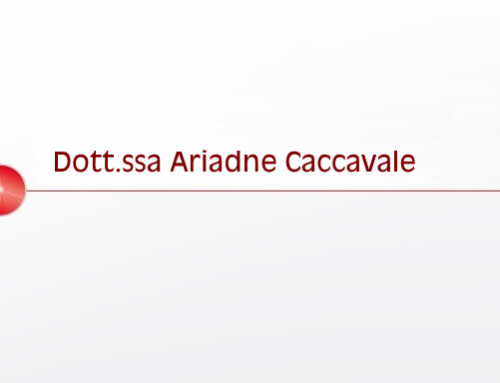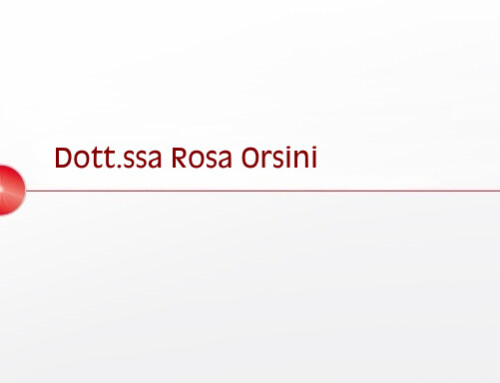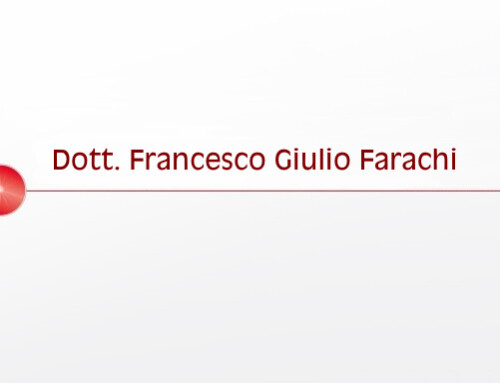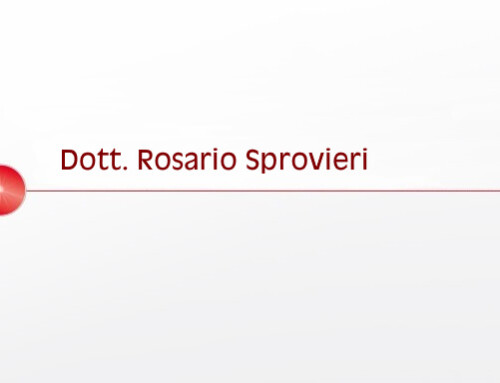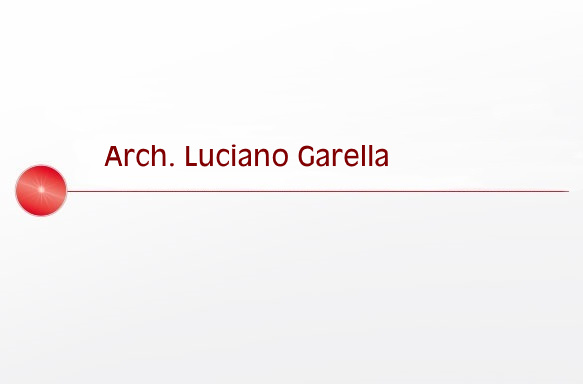
![]()
La memoria di sé
L’opera d’arte è inevitabilmente proiezione dell’ego; è espressione del proprio modo di essere e di vivere e di esemplificare la propria reazione alle forti sollecitazioni e stimoli che ci giungono dall ’ ambiente esterno nei più svariati, e talora imprevedibili, modi. Sin dall’antichità l’artista ha avvertito come un atto dovuto la necessità di esprimere pensiero ed emozioni nei modi e con i procedimenti materiali e tecnici che a lui sembravano più congeniali.
Nulla, in fondo, ad oggi si è modificato in quanto l’ opera d’ arte continua ad illustrare le caratteri-stiche espressive ed i moti dell’ animo dell’ autore, attesa la ricerca dell’ immanenza e dell ’assoluto nel proprio lavoro artistico. Nei quadri, dunque, di Alessandra Casciotti ritroviamo , in fondo, tutto quanto è stato oggetto di questa riflessione. La pittrice attesta la sua personalità ed il suo modus operandi mediante l’uso di squillanti sensazioni cromatiche che ben supportano il suo mondo di segni e simboli. Se, dunque, l’opera d’arte e la pittura in particolare devono essere la descrizione di una personalità, di un vissuto, delle esperienze , delle emozioni, ecco allora che, attuata mediante una consapevole e ricercata semplicità, la pittrice riesce a conseguire apprezzabili risultati. Le emozioni esplicitate nelle sue opere sono espresse anche con il ricorso a colte allusioni, ad allegorie, a reminiscenze scolastiche interiorizzate. I colori non sono dunque per l’artista solo un significante e caratteristico elemento della sua opera pittorica così come l’accostamento tra superfici cromatiche estese e squillanti ma piuttosto evidenziano il suo desiderio di modulare le superfici e, talora, di determinare in tal modo gli spazi architettonici. Quello dell’uso di colori vivi, e non di rado assoluti, diviene nei quadri della Casciotti un leit-motiv così come la nitidezza e la precisione del disegno delle figure rappresentate; due elementi questi che sono la concreta evocazione di un lirismo delle opere , lirismo oggi non adeguatamente apprezzato nel panorama artistico contemporaneo.
Il riferimento culturale a cui la Casciotti più propriamente sembrerebbe rivolgere la propria attenzione è all ’ambiente culturale surrealista che nel mostrare una realtà voleva in fondo rappresentarne un’ altra, come in un gioco di specchi. E’ un discorso questo dell’ artista particolarmente attuale laddove la realtà viene , non di rado, mistificata fino a mostrarsi come una metarealtà . E’ in fondo come quando nel vedere i messaggi pubblicitari televisivi dovremmo immaginare di vivere in una società perfetta. E se la rappresentazione artistica è realistica, da intendersi come fotografia del reale, il sottile gioco dell’ interpretazione dell’ immagine ci conduce ad evidenziarne il messaggio e ci induce a sunteggiarne la filosofia.
Quadri, dunque, che illustrano un percorso di vita ma che hanno anche l’ intento di volersi porre come elementi definiti nel percorso dell’ esistenza umana. Non certo la presunzione di voler indicare una strada ma piuttosto l’ esigenza di mostrare al pubblico quelli che l’ artista romana afferma essere , tentando di oggettivizzarli, i propri valori. Una ricerca quella promossa dalla pittrice del vero e non del verosimile, una vivacità intellettuale che si fonda e trova spunto sulla e nella memoria di sé e delle proprie esperienze e che, attraverso il linguaggio adottato, indica la strada del ricordo e dell’immaginazione come strumento che conduca a conseguire la qualità dell’essere e quindi la felicità.
Pragmatica e surreale; concreta ed onirica; precisa ed appassionata; l’ardore e la forza dei sentimenti e delle sensazioni sostengono il desiderio di mostrarsi e mostrarli. In buona sostanza se il verbo in greco antico significa fare, produrre sarà facile desumerne che chi fa, come appunto la Casciotti, è per trasposto , con una sua poetica di figure e di colori e di segni e di simboli, una vera poetessa.
Arch. Luciano Garella
![]()
The memory of the Self
An art piece is inevitably a projection of the ego; it is an expression of one’s way of being and of living and it serves as an example of one’s reaction to the strong solicitations and stimulations that are perceived from the external world in the most various, and sometimes unpredictable, ways. Since the ancient times the artist saw almost as an obligation, the requirement of expressing thoughts and emotions in the most suitable way with concrete and technical methods.
Nothing in the end has changed, as the art piece continues to illustrate the meaningful elements and the currents of the soul of the author, in constant waiting of the immanence of the spirit and of the absolute in his own artistic work. Hence we find in Alessandra Casciotti’s works, all that has been an object of this consideration. The paintress states her personality and her modus operandi through vivid chromatic sensations that well support her world of signs and symbols. If the piece of art and the painting more in detail, should be the description of a personality, of a way of life, of experiences, emotions, put in place thorough a conscious and sought simplicity, the paintress manages to achieve noticeable results. The emotions expressed through her work are defined through well-read allusions, allegories and internalized school reminiscences. The colours are not only, therefore, for the artist a significant and distinctive element of her pictorial work as well as the combination of extensive and bright chromatic surfaces but they rather highlight her desire to sometimes modulate the surfaces and, often, to determine in this way the architectural spaces. The use of vivid and not rarely absolute colours, in the paintings of Casciotti becomes a leitmotif, as well as the clarity and precision of the design of the figures represented; these two elements are a direct evocation of the lyricism of the works, lyricism today not adequately appreciated in the contemporary art scene.
The cultural reference at which Ms Casciotti seems to turn to for inspiration, is the surrealist cultural environment that would show one face of reality but would actually express another, as if in a mirror house. It is quite a contemporary theme, this to which the artist applies herself: reality is mystified to the point where it becomes a half truth; it is as when watching tv-ads we should imagine to live in a perfect society. And if the artistic depiction is realistic, meaning that it is a picture of reality, the underlying game of interpreting images leads us to highlight the message and summarize its philosophy.
Paintings therefore, that illustrate a life path but that also have the intention of becoming defined objects in the journey of human existence. It is not the presumption of leading the way, but on the contrary the necessity of showing the audience, through objectification, those values which are personal to the roman artist. A search, brought forward by the paintress of the real and not the likelihood, an intellectual liveliness that originates and finds inspiration in the memory the self and of its own experiences and that, through the adopted language, indicates the path of the memory and the imagination as a tool that leads to achieve the quality of being and therefore of happiness.
Pragmatic and surreal; real and oneiric; precise and passionate; the ardor and strength of feelings and sensations sustain the desire to show themselves and to show them. Basically if the verb in ancient greek means “do”, “produce”, it will be easily deduced that he who does with a poetry of shapes and colours of signs and symbols, precisely as Ms Casciotti is a true poet.
Arch. Luciano Garella

